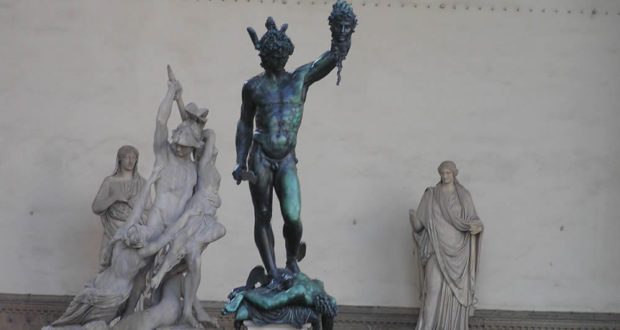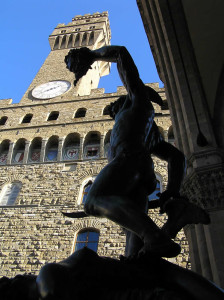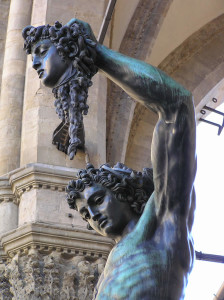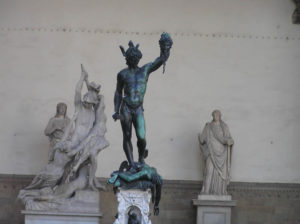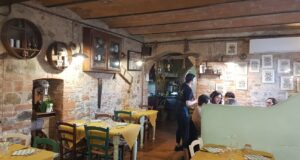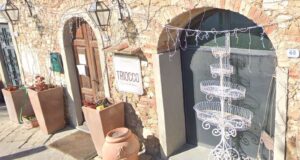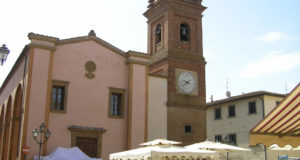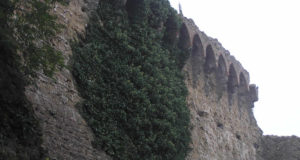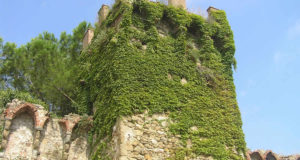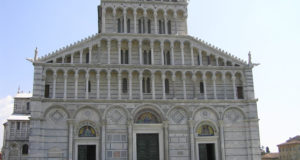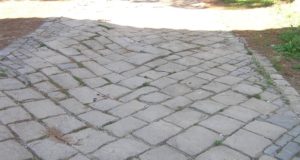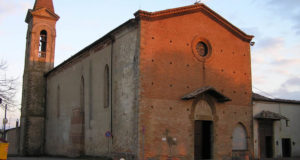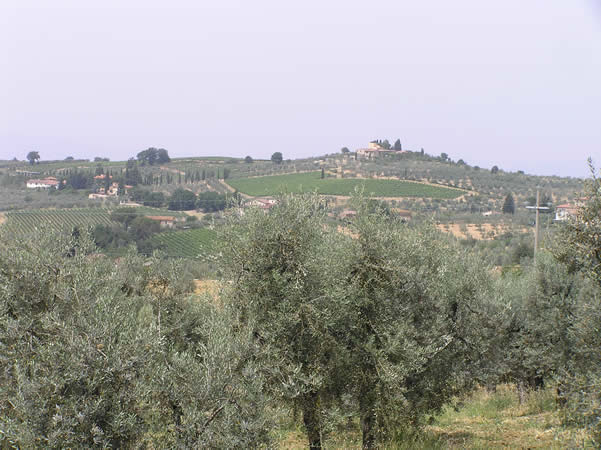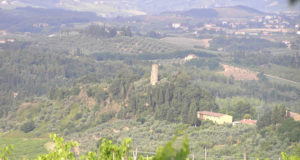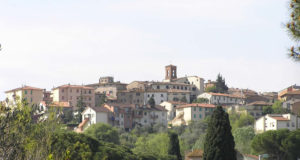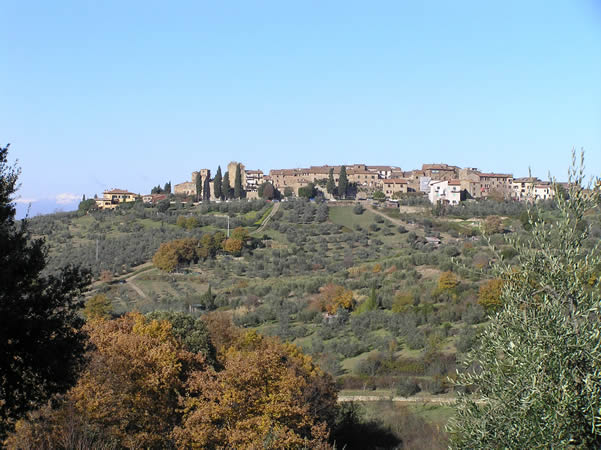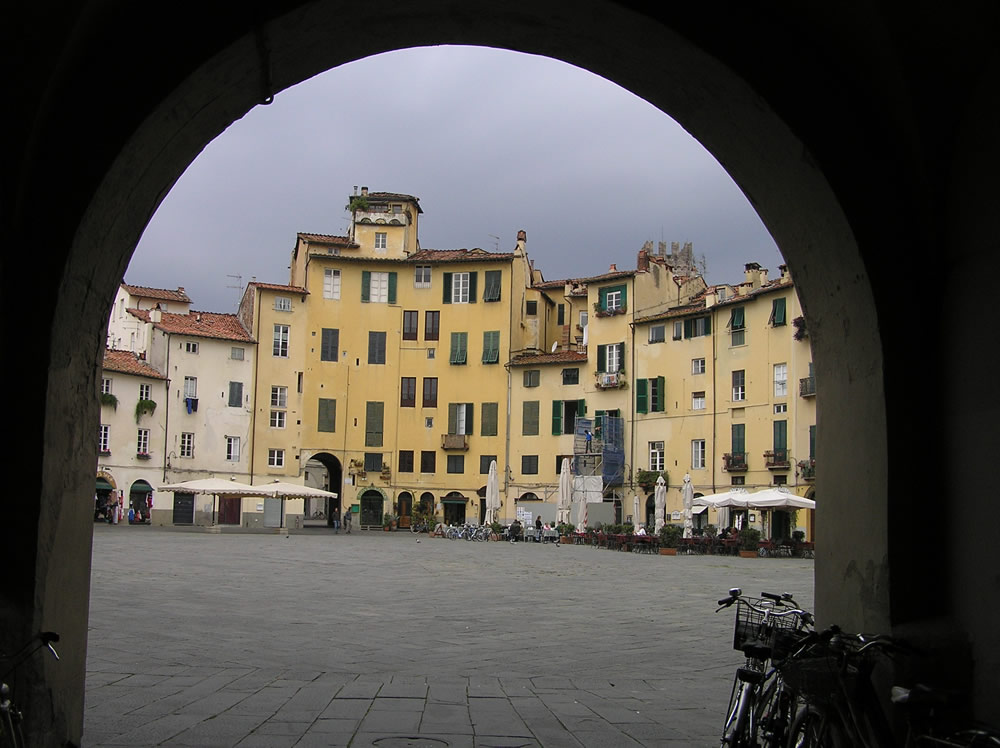![]() Français
Français ![]() Deutsch
Deutsch ![]() Español
Español ![]() Italiano
Italiano
Among the statues present today in the Loggia della Signoria or dei Lanzi, the Perseus by Benvenuto Cellini is probably the most important and extraordinary work from an artistic and technical point of view. This statue is considered a masterpiece of Italian Mannerist sculpture and one of the most famous statues in Piazza della Signoria in Florence.
The famous bronze statue of Perseus is located under the left arch of the Loggia della Signoria. Benvenuto Cellini, a Florentine artist, began working on the work in August 1545 and its construction would keep him busy for about nine years. The statue was commissioned by Cosimo I, after his installation as Duke of the city.
A MASTERPIECE OF ART
The work began with the preparation of two wax and bronze models. These pieces are now preserved in the National Museum of the Bargello in Florence. Unique pieces also these and for some scholars considered even superior to the definitive statue. At that time large sculptures were always fused into pieces and then assembled. Cellini instead wanted to do what no one else had attempted. The sculpture (except for some details as the sword, the wings of the boots and the helmet, the streams of blood that come out of the severed neck) was cast in a single jet with about 18 quintals of bronze and the fusion. Apart from a detail of the right ankle, it succeeded perfectly.
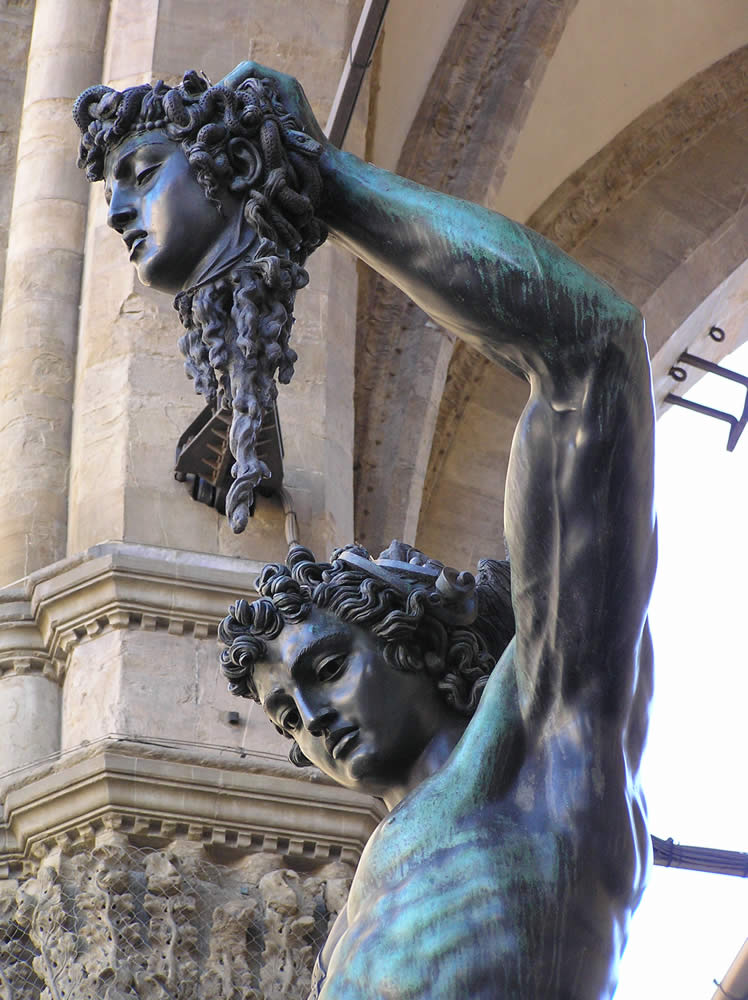
Perseus by Benvenuto Cellini. Loggia della Signoria or Loggia dei Lanzi, Piazza della Signoria, Florence. Author and Copyright Marco Ramerini.
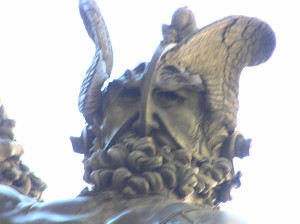
The bearded portrait of Benvenuto Cellini, on the helmet of the head of Perseus. Perseus by Benvenuto Cellini. Loggia della Signoria or Loggia dei Lanzi, Piazza della Signoria, Florence. Author and Copyright Marco Ramerini,,
The extraordinary history of the fusion of the statue is described from the same Benvenuto Cellini in his autobiography “the Life”, in a splendid page of the Italian literature.
On April 27, 1554, to the amazement of the Florentines, the statue was inaugurated and placed in Piazza della Signoria, under the Loggia dei Lanzi. Its place was next to the statue of Donatello’s “Giuditta” and not far from Michelangelo’s “David” which, in those years, were all located in Piazza della Signoria. Now these statues are respectively in Palazzo Vecchio and in the Gallery of the Academy (Galleria dell’Accademia).
STORY OF PERSEUS
The mythological figure of Perseus comes from Greek mythology, Perseus borned from the union of Danae with Giove. The boy later on was collected with his mother in a basket adrift from the king Polidette. Which, wishing to marry Danae, sent Perseus cunningly to fight Medusa, hoping in the dead of the boy.
These instead not only gained and beheaded Medusa, but in the return travel he freed also Andromeda from a horrible monster and returned to house murdered king Polidette. The statue of Perseus that holding the head of Medusa, monster with snakes in the place of hair, must serve as warning to the enemies of Cosimo I. It represents in fact the affirmation of the Duke that “cut” the republican experiences, represented from Medusa.
The statue is 5,19 m. (comprised the base) tall. The base is of marble, and is supplied of niches in which Cellini has placed the bronze statues of Mercury, Minerve, Jupiter and Danae (the bronze statues are copies, the origianals are today conserved in the Museum of Bargello). Cellini, reproduced in the posterior side of the helmet of Perseus his bearded self-portrait and on the Perseo’s shoulder-belt, he signed the work with his name.
- Perseus by Benvenuto Cellini. Loggia della Signoria or Loggia dei Lanzi, Piazza della Signoria, Florence. Author and Copyright Marco Ramerini.
- The bearded portrait of Benvenuto Cellini, on the helmet of the head of Perseus. Perseus by Benvenuto Cellini. Loggia della Signoria or Loggia dei Lanzi, Piazza della Signoria, Florence. Author and Copyright Marco Ramerini,,
- Perseus by Benvenuto Cellini. Loggia della Signoria or Loggia dei Lanzi, Piazza della Signoria, Florence. Author and Copyright Marco Ramerini.
- Perseus by Benvenuto Cellini. Loggia della Signoria or Loggia dei Lanzi, Piazza della Signoria, Florence. Author and Copyright Marco Ramerini.
 Borghi di Toscana Guida ai borghi e ai paesaggi della Toscana
Borghi di Toscana Guida ai borghi e ai paesaggi della Toscana
